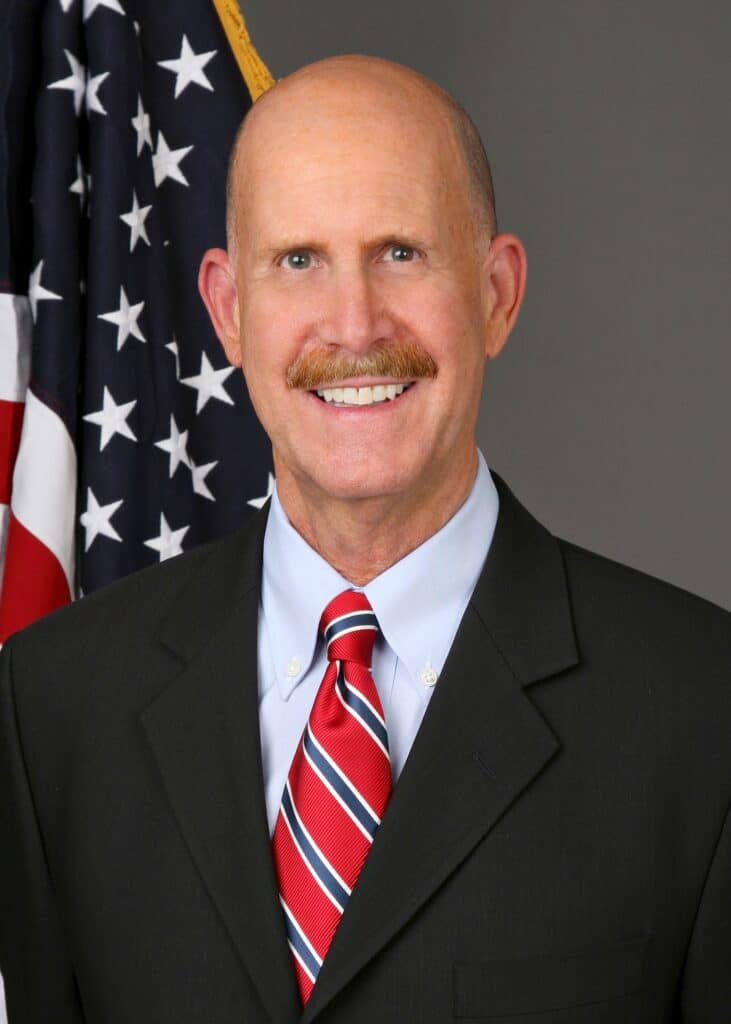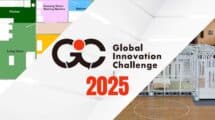The Wearable Robotics Association (WearRA) Conference concluded on its second day at the Hyatt Regency on Loyola Ave in New Orleans. The day was opened with a light breakfast, immediately followed up by the Keynote Presentation: by Dr. John Howard, Head of NIOSH.
Dr. Howard took the time to outline the National Institute for Occupational Safety and Health (NIOSH) charter: “To assure so far as possible every working man and woman in the Nation safe and healthful working conditions and to preserve our human resources.” This mission statement sounds like a good fit for occupation exoskeletons already! The presentation touched upon the fact that although NIOSH is similar in concept to OSHA, the two organizations stand along different verticals in the US government. OSHA is under Standards/Enforcement in the Department of Labor, while NIOSH is under Research/Recommendation under the Department of Human Services.
Based on the Keynote, it appeared that NIOSH deems occupational exoskeletons to be part of Industry 4.0. Wearable robotics (including exoskeletons and exosuits) is just one of many sub-categories under robotics. The other robotics categories are assembly line robots, collaborative robots, service robots, and caretaker robots. From Dr. Howard’s point of view, there are multiple exoskeleton studies. Still, their use “during occupational tasks at least modifies physical strain and therefore has the potential to counteract the risk of developing musculoskeletal complaints.” Citing the 18-month longitudinal study at Ford, Kim et al. (2022), the agency does not recognize a statistically significant difference in MSD symptoms between the exo and non-exo groups. Not the most favorable interpretation of the study results. Fortunately, the NIOSH presentation did not highlight any adverse effects of using exoskeletons during the study. Dr. Howard would still like to see additional field studies on exos as a beneficial ergonomic intervention.
The Keynote Presentation then switched focus to technology acceptance. New studies and focus groups are finding that social influences are critical to the adoption of wearables. How an exoskeleton looks and feels can be just as important as its performance. The industrial exoskeletons of tomorrow have to be safe to use while being lighter, with a small footprint, while minimizing heat retention, remain compatible with any other mandatory clothing items, and also look cool at the same time. The producers sure have their work cut out for them! Finally, the presentation agreed with the statements and conclusions of the paper on “Occupational exoskeletons: A roadmap toward large-scale adoption. Methodology and challenges of bringing exoskeletons to workplaces.” 2021, (external link)
The conference attendees once again split up into an Industrial and Medical track according to their interests. The second day of WearRAcon 23 had a total of eight additional breakout sessions, with one spotlight demo by ErgoStanté and the closing remarks bringing everyone back together.
I got to moderate an intriguing panel on wearable sensors personally. From left to right, the panelists were Rob Williams, LifeBooster; Ryan Porto, General Motors; Bobby Marinov (that’s me) as the moderator; Duncan Treffers, GoX Labs; and Marisol Barrero, Amazon Web Services. The one-hour forum covered first-hand accounts of wearable sensor success stories, specifically where they have made life for workers easier. Other topics included drawbacks, application in job evaluations, and usefulness for selecting the suitable exoskeleton for the right task.
As an interjection, it appears that the Exoskeleton Report has to start covering wearable sensors more closely in the future. They have truly become a part of manufacturing and logistics and are starting to be integrated into powered and elastic-driven exoskeletons and exosuits as well.
Special Thanks For Eight Years of WearRAcon!
This was Amy Gallagher’s last day as Manager and Senior Client Relations Manager at Association & Conference Group. Amy has been a driving force behind each and every WearRA conference! Her exceptional organizational skills, positivity, and professionalism, will be missed. Everyone at the conference took a moment to acknowledge Amy’s contributions and wish her good luck in her next adventure in her events management career! Image (left), WearRA Director of Operations Bruce Floersheim is recognizing Amy Gallagher at WearRAcon 23.
Samuel Corgne, CEO of ErgoSanté, used his Spotlight Demo to do a live demonstration of the HAPO Sensor, which is attached to the HAPO back support exoskeleton. The sensor recorded and reported the cumulative bending force generated by the HAPO elastic element in real time for demonstration purposes. Curiously, Samuel wore an ErgoSanté exoskeleton throughout both days of the conference.
The final session that will be highlighted here was by Dr. Urs Schneider, Fraunhaufer IPA, on the past, present, and future of the ExoWorkAthlon. For those not familiar with it, it is a series of simulated tasks called “parcours,” meant to reflect what wearables will be called upon to assist with in the real world. Each task is done for one hour with and without an exoskeleton, and the results are compared. So far, 21 professional test subjects (students with at least one year of manufacturing/logistics work experience) have tried seven different exos for box moving, and 51 professionals have tested five different exos for welding. The goal is not to compare exoskeletons against each other but to determine their usefulness as a family of devices.
One comment from Dr. Schneider, was that welding tasks that are easily accessible are done by robots (likely referring to car manufacturing). What is left for people are welding projects in contorted and ergonomically challenging positions. In other words, welding jobs with good open spaces and accessible work areas are disappearing because they are easily accessible by automated welding. What’s left are difficult-to-access welds which require welders to be in awkward positions, making it even more important to support their bodies to combat fatigue.
Something that the Exoskeleton Report team didn’t know is that the ExoWorkAthlon is a collaboration between the Wilhelm-Maybach-Schule in Stuttgart, Germany, and Fraunhaufer IPA. One school provided test volunteers with one or more years of hands-on experience in manufacturing or logistics, while the other supplied students with knowledge in testing, data collection, and interoperation. Truly a wonderful match!
What’s next for the ExoWorkAthlon? Its next iteration will take place at the A+A Trade Fair and WearRAcon Europe 2023 on October 25-26, 2023, in Duesseldorf. For more information, visit https://www.exoworkathlon.de.
WearRAcon 23 was held with the support of the following sponsors (left). If you missed it, go back and check out ExR’s account of the first day of the event: Exoskeleton Evolution: Key Highlights and Takeaways from WearRAcon 23, Part 1.














Add Comment